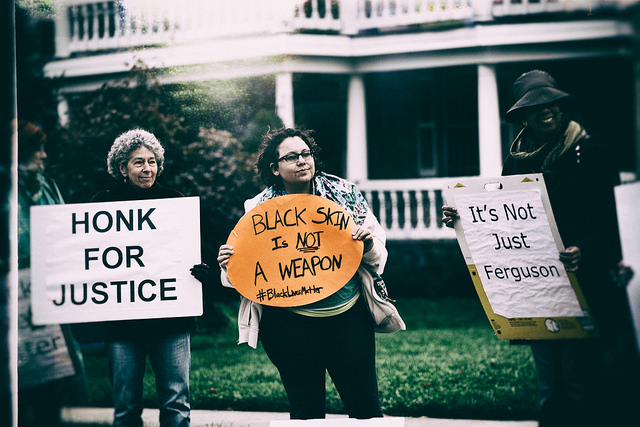
Due to the increased scrutiny of racial bias among the police, the stop and frisk policies of the NYPD continued to fall out of favor in 2016. Despite concerns of racial bias in police forces around the country, very little is known about the ways that inflammatory events may influence racial bias in policing — we tend to know more about where discrimination in policing takes place than what may influence when it occurs. To address this issue, Joscha Legewie explores how local acts of violence against law enforcement influence discriminatory use of force by the police after the fact.
Using data from 3.9 million police stops of pedestrians in New York City between 2006 and 2012, Legewie compared the effects of four significant incidents involving the death of police officers on the subsequent use of force by law enforcement. Of these four incidents, two NYPD officers were fatally shot by black suspects in two separate events in 2007 and 2011, while three officers were killed in two separate incidents by a Hispanic and a white suspect.
The findings reveal a race-specific pattern. The two shootings by black suspects resulted in an increased use of physical force against blacks, but the two shootings involving a white and Hispanic suspect did not result in a similar increase in force against any group. However, this increase in the use of force lasted 10 days after the event in 2011, where it only lasted 3.5 days following the event in 2007. This pattern of racial discrimination remains even when accounting for the time, location, and the circumstances of the stop, as well as the characteristics and behavior of the stopped individual. Whether this discriminatory response in the use of force is the result of implicit racial stereotypes or an explicit retaliation by law enforcement remains to be uncovered (and it may very well be a combination of both). Regardless, this study shows how violence against police triggers race-specific reactions.

Comments